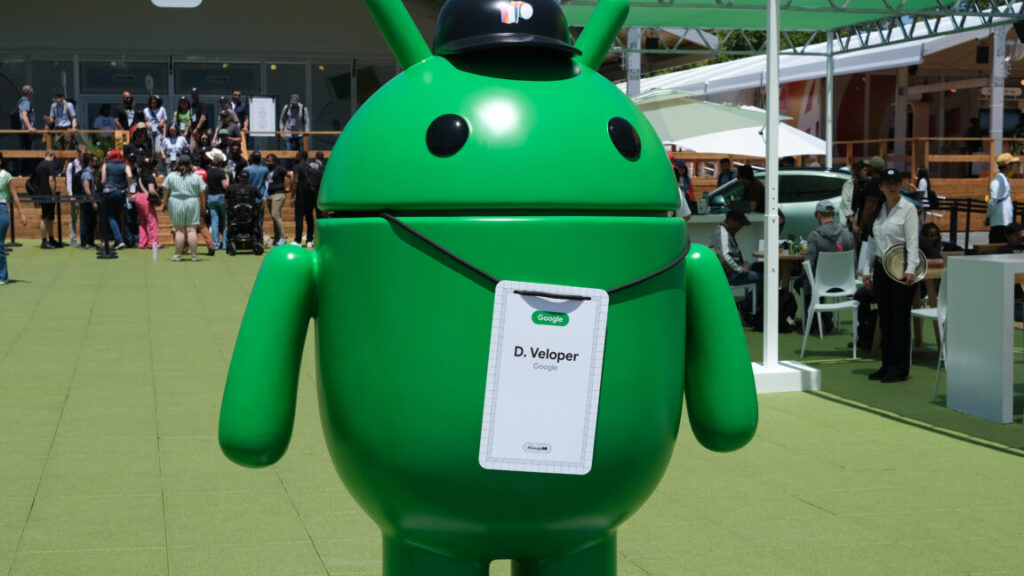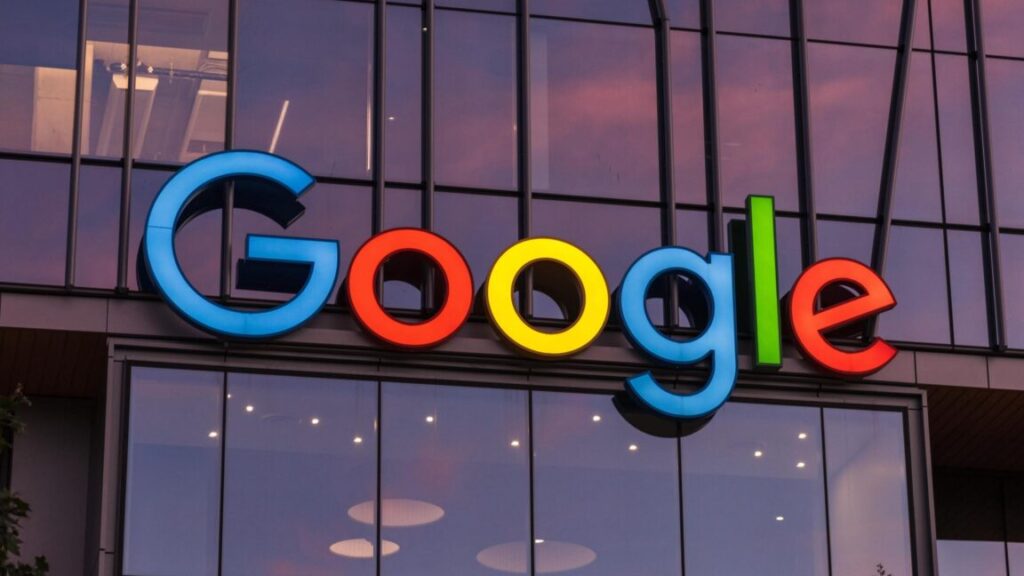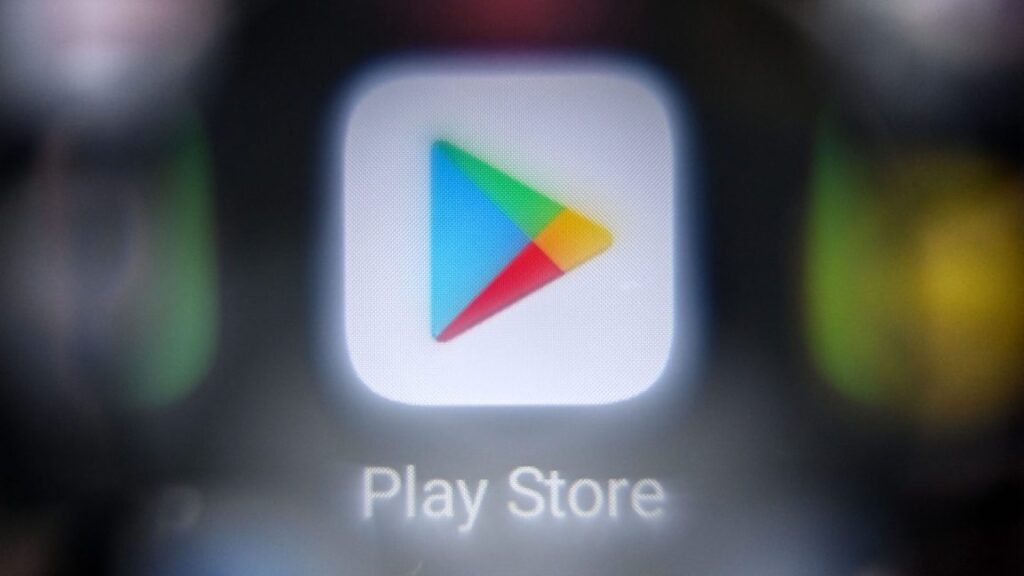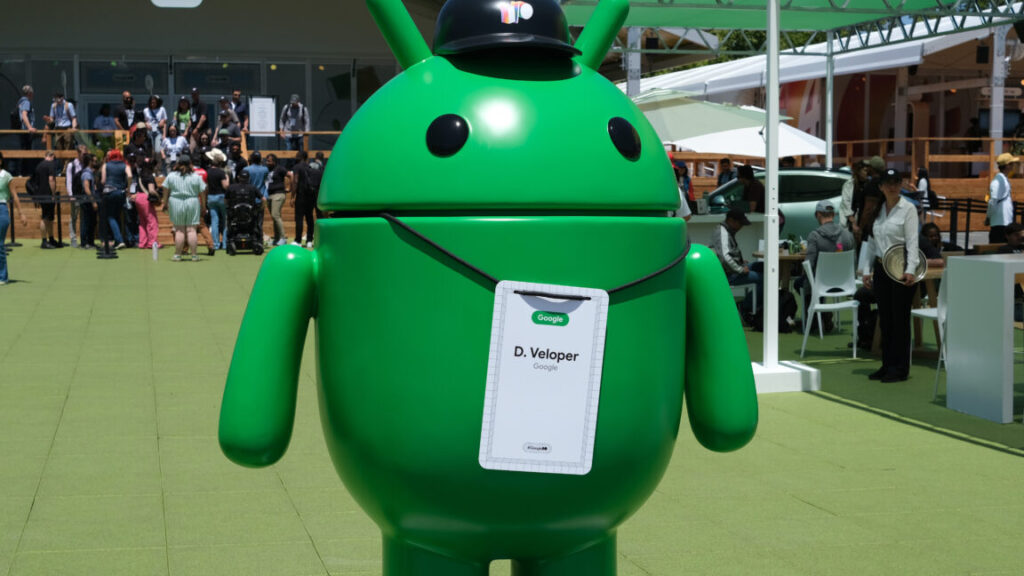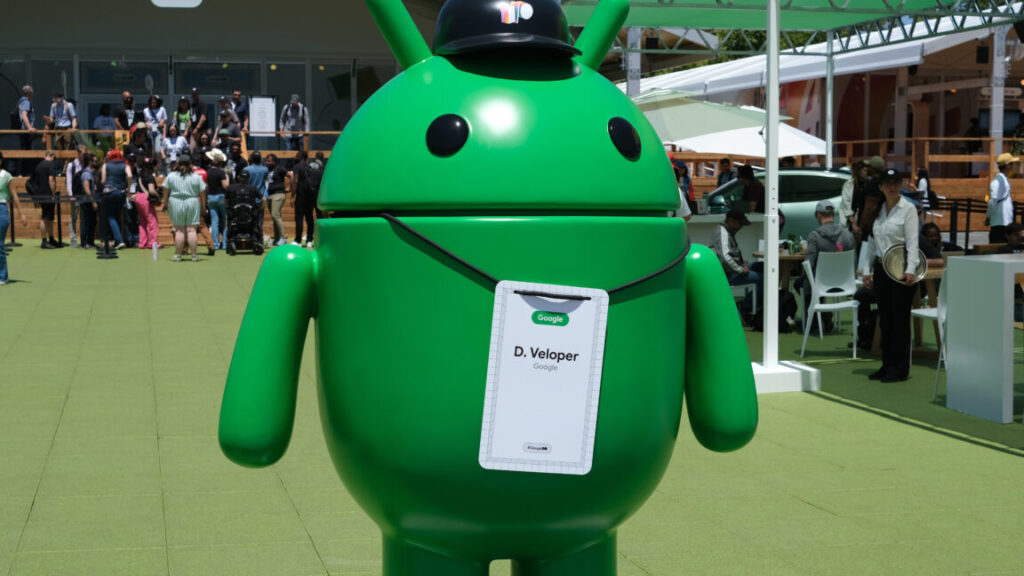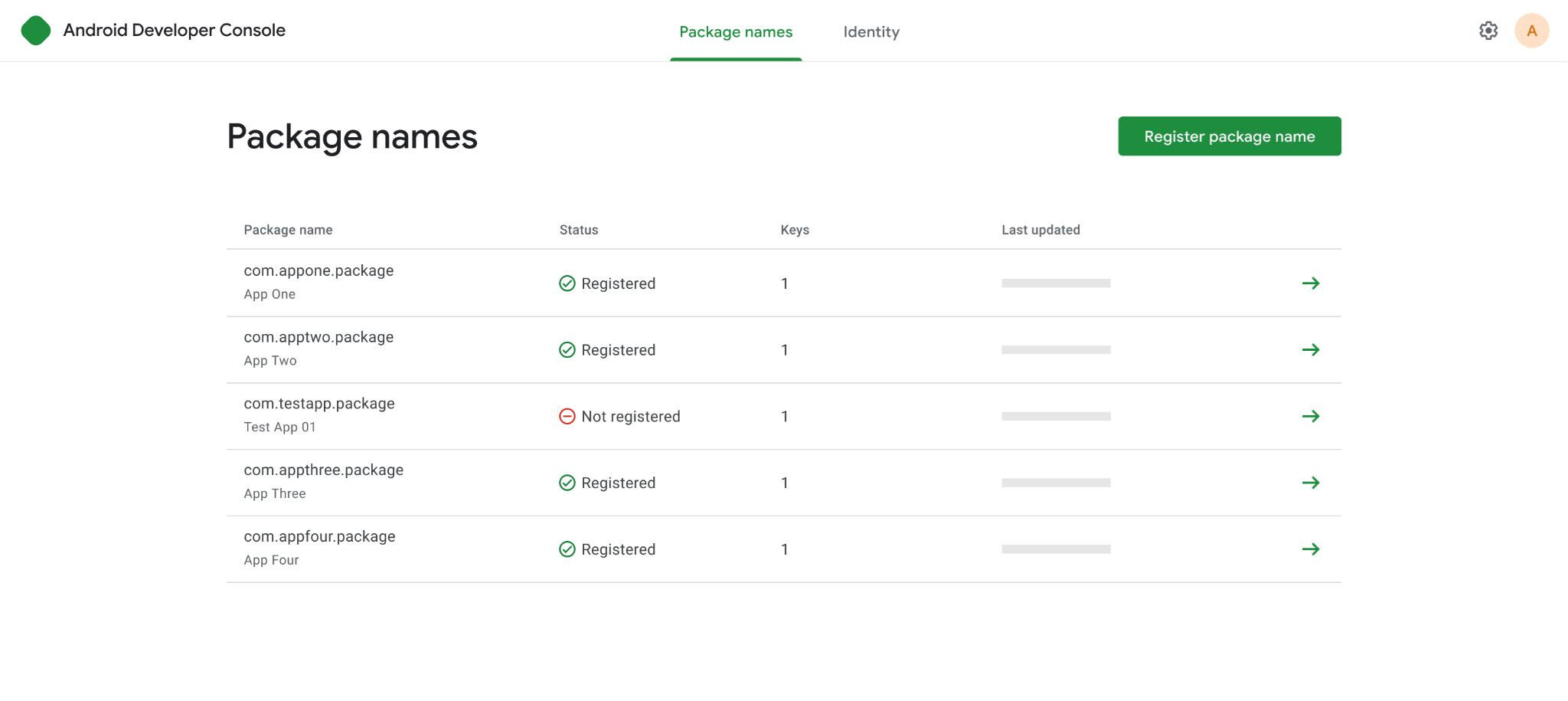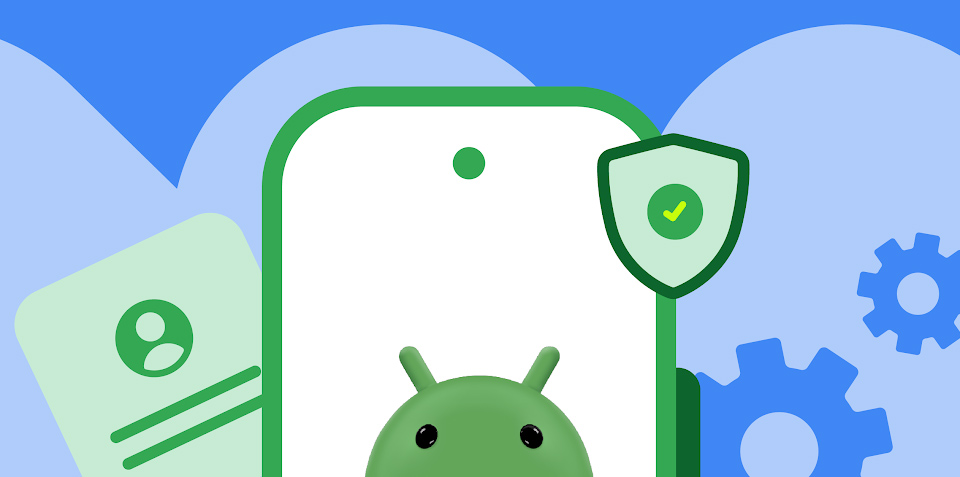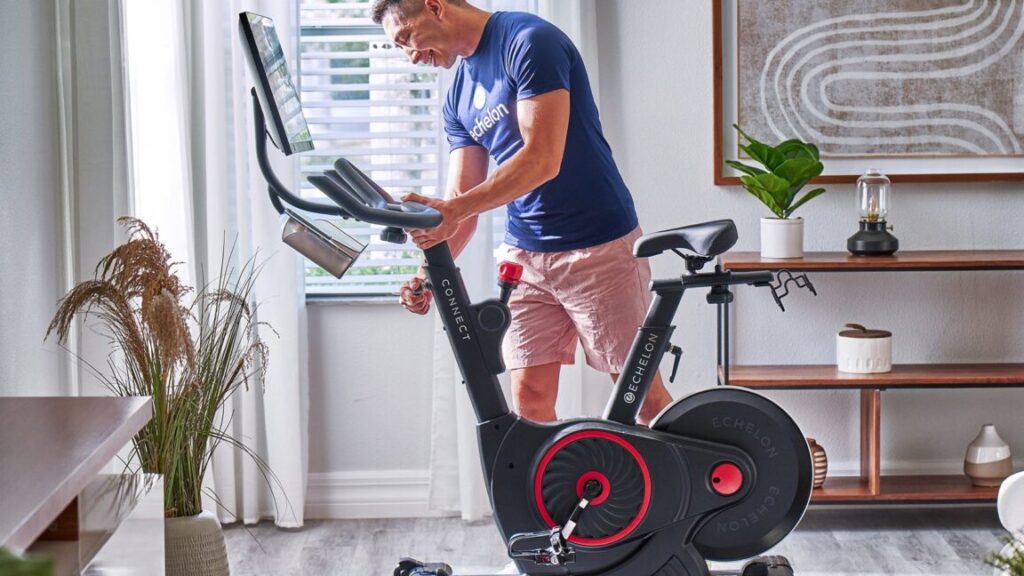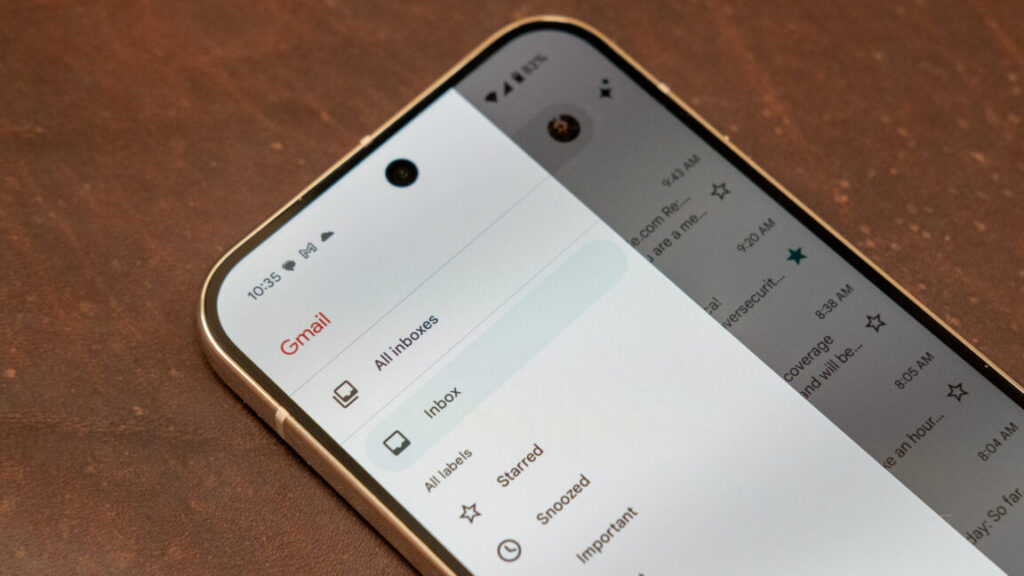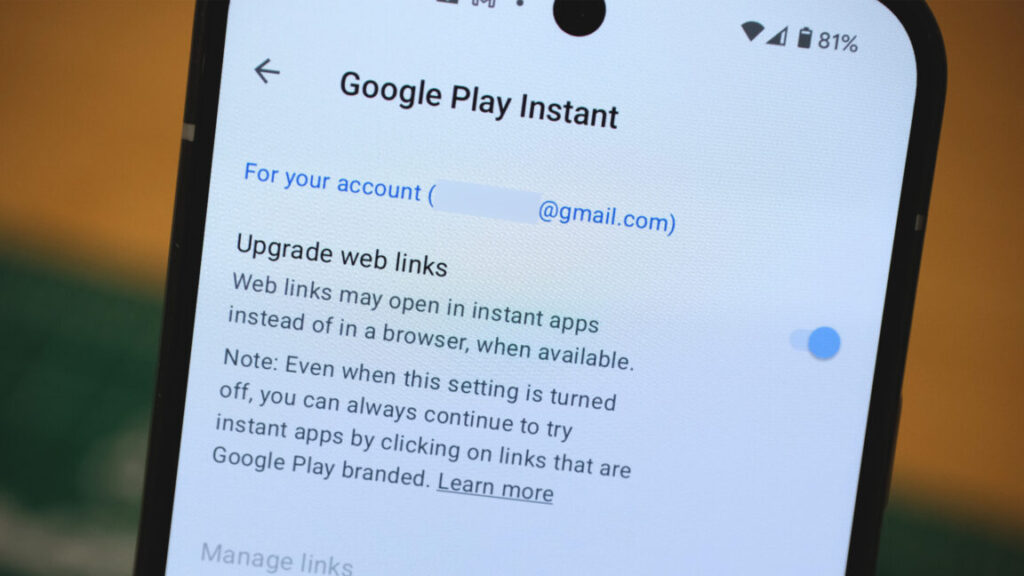Google will let Android power users bypass upcoming sideloading restrictions
Google recently decided that the freedom afforded by Android was a bit too much and announced developer verification, a system that will require developers outside the Google Play platform to register with Google. Users and developers didn’t accept Google’s rationale and have been complaining loudly. As Google begins early access testing, it has conceded that “experienced users” should have an escape hatch.
According to Google, online scam and malware campaigns are getting more aggressive, and there’s real harm being done in spite of the platform’s sideloading scare screens. Google says it’s common for scammers to use social engineering to create a false sense of urgency, prompting users to bypass Android’s built-in protections to install malicious apps.
Google’s solution to this problem, as announced several months ago, is to force everyone making apps to verify their identities. Unverified apps won’t install on any Google-certified device once verification rolls out. Without this, the company claims malware creators can endlessly create new apps to scam people. However, the centralized nature of verification threatened to introduce numerous headaches into a process that used to be straightforward for power users.
This isn’t the first time Google has had to pull back on its plans. Each time the company releases a new tidbit about verification, it compromises a little more. Previously, it confirmed that a free verification option would be available for hobbyists and students who wanted to install apps on a small number of devices. It also conceded that installation over ADB via a connected computer would still be allowed.
Now, Google has had to acknowledge that its plans for verification are causing major backlash among developers and people who know what an APK is. So there will be an alternative, but we don’t know how it will work just yet.
How high is your risk tolerance?
Google’s latest verification update explains that the company has received a lot of feedback from users and developers who want to be able to sideload without worrying about verification status. For those with “higher risk tolerance,” Google is exploring ways to make that happen. This is a partial victory for power users, but the nature of Google’s “advanced flow” for sideloading is murky.
Google will let Android power users bypass upcoming sideloading restrictions Read More »
